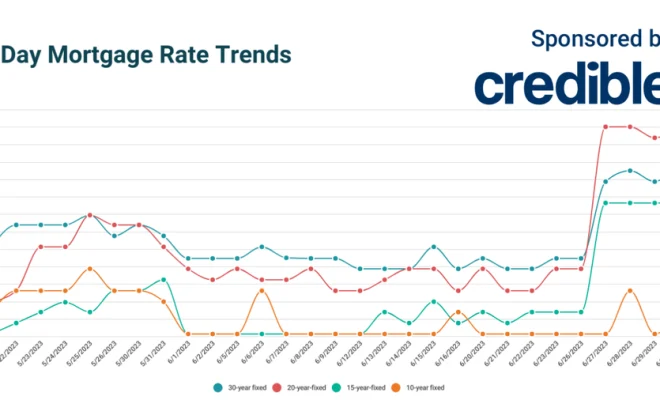Does Insurance Follow the Car or the Driver?

Insurance policies can often be a source of confusion, particularly when it comes to understanding who or what is covered in specific scenarios. One common question that arises is: does insurance follow the car or the driver? The answer to this question depends on various factors and specific policies involved.
Insurance Following the Car
In most cases, auto insurance goes hand-in-hand with the car, not the driver. To clarify, if you lend your car to a friend or family member and they end up in an accident, your insurance policy will likely provide coverage. This is based on the concept that when insuring a vehicle, you’re not just protecting yourself but also others who might drive that vehicle.
Typically, under a standard auto insurance policy, coverage includes:
1. Liability coverage – Covers bodily injury and property damage if you are found at fault for an accident.
2. Collision coverage – Covers your vehicle’s damage resulting from accidents with other vehicles or objects.
3. Comprehensive coverage – Protects against damage caused by events other than collisions like theft, vandalism, or natural disasters.
However, it’s essential to understand that each policy differs depending on specific terms and conditions. Some policies may have certain exclusions or distinct provisions that affect who can be covered while driving your insured car.
Insurance Following the Driver
In some circumstances, auto insurance can follow the driver instead of the car. A named non-owner insurance policy provides coverage for individuals who don’t own a car but frequently borrow or rent vehicles for personal use. This type of policy follows the driver and offers liability protection regardless of the vehicle they are driving at the time.
Additionally, drivers who hold regular auto insurance policies may still be covered under their own insurance while driving someone else’s car. In such cases, their policy will usually act as secondary coverage, coming into effect only after the car owner’s insurance has been exhausted. Nevertheless, it’s crucial to verify the specifics of your policy before assuming that you’re covered as a driver in all situations.
Examining Your Policy and Understanding Coverage
To avoid any doubts or misunderstandings, review your insurance policy carefully and talk to your insurance agent about possible exclusions or conditions. Inquire about different scenarios that you might encounter while borrowing or lending cars to ensure you have adequate coverage.
Ultimately, the question of whether insurance follows the car or the driver depends on the particular policy provisions and specific circumstances. Securing appropriate coverage, understanding the details of your policy, and practicing open communication with your insurance provider can help protect both drivers and car owners and ensure peace of mind when dealing with different driving situations.



